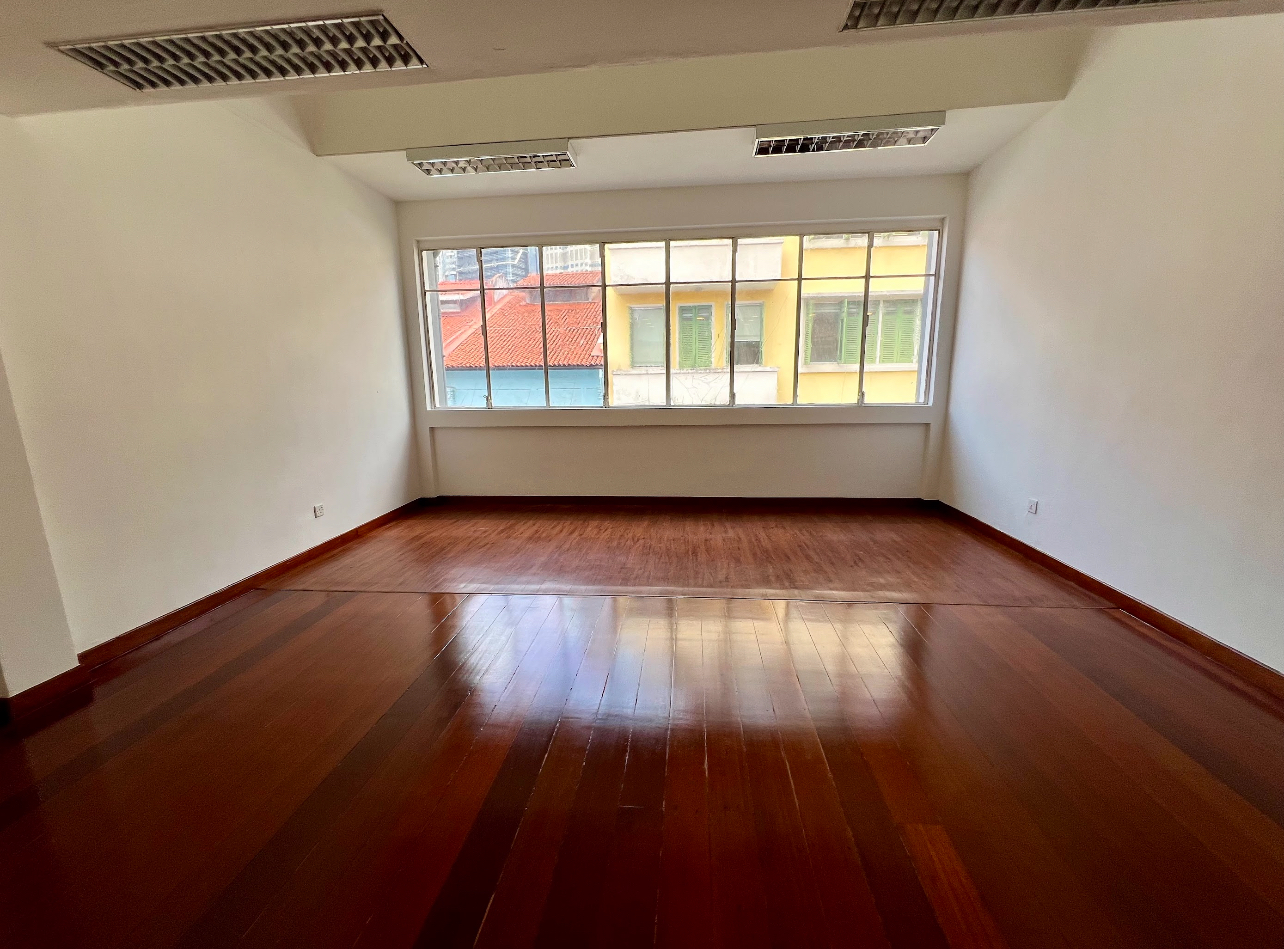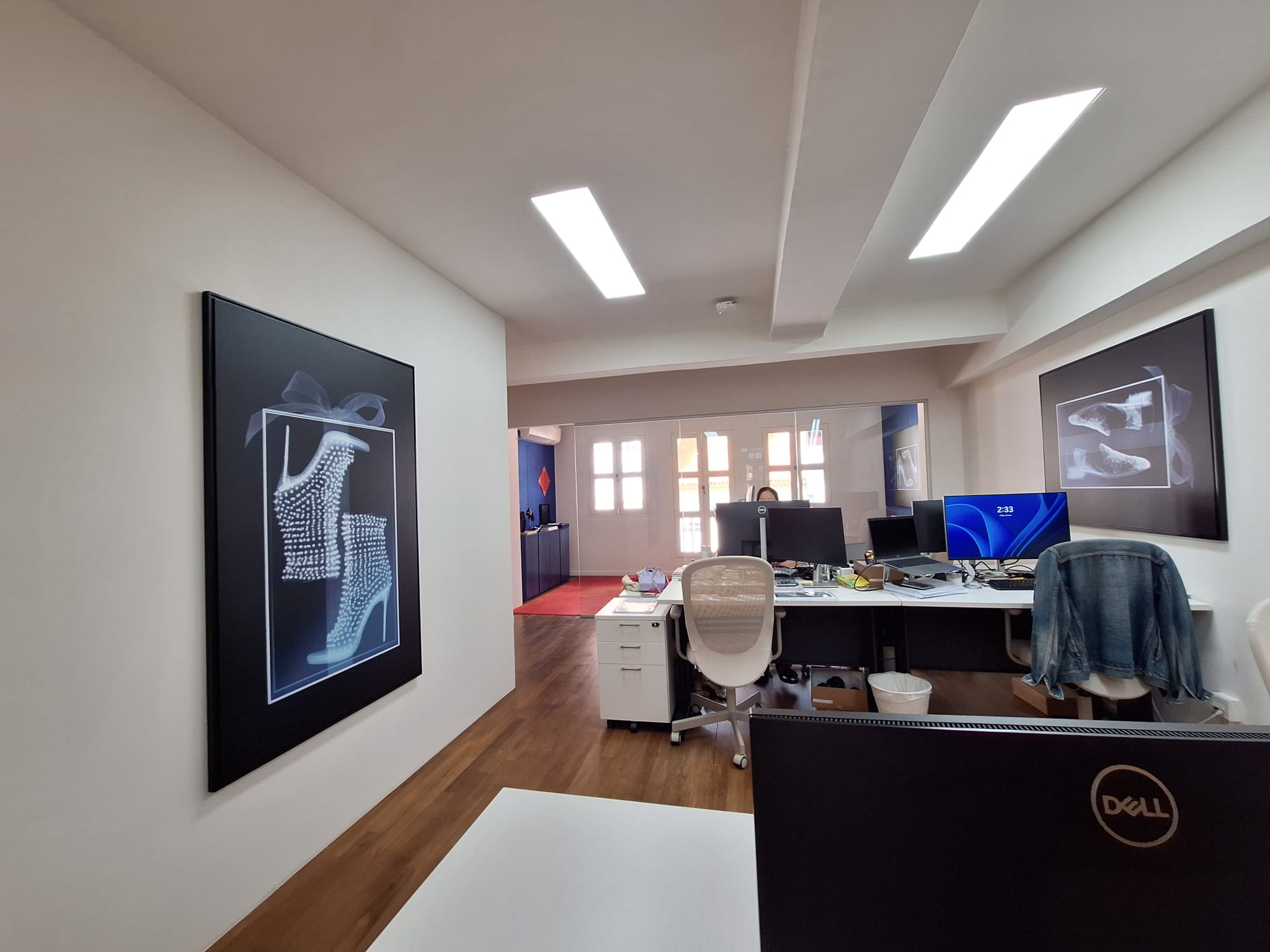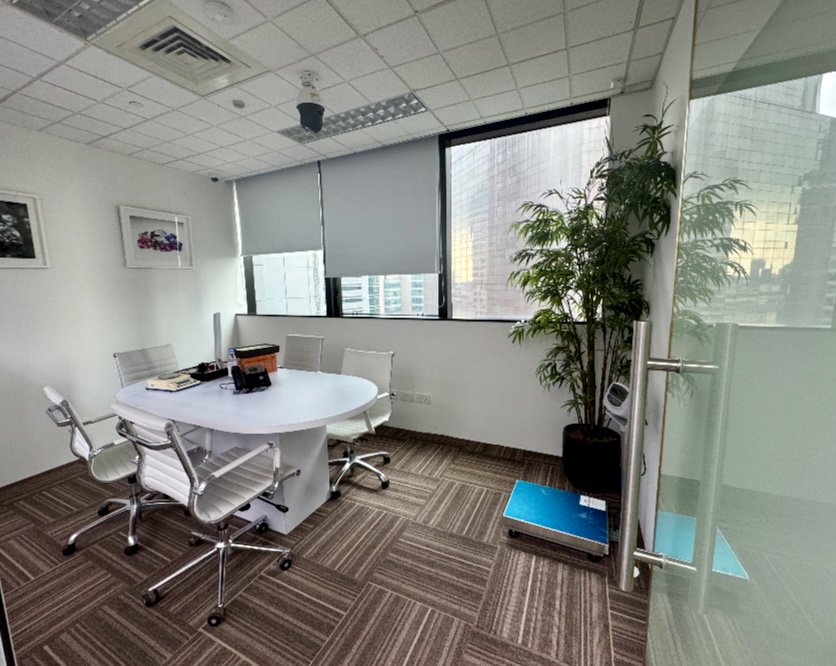Most tenants love the idea of taking over a fitted office. “It’s move-in ready,” they think. “We’ll save on renovation costs.”
But here’s the twist — what looks like a shortcut often hides invisible costs buried beneath compliance, certification, and reinstatement rules.
🚪 The Appeal of a “Move‑In Ready” Space
I recently asked a landlord about what happens when a new tenant takes over a previously fitted office. The answer? Eye-opening.
🔍 Compliance Rules You Can’t Ignore
Even if nothing changes in the layout, the new tenant must resubmit as-built plans under their company name because the previous fit-out approval and fire safety certificate (FSC) are not transferable.
Under SCDF and other authority regulations, every occupier is accountable for their own compliance, which means:
- Updated electrical drawings and LEW endorsement are needed to open a new electricity account.
- If codes have changed (e.g., electrical or fire safety standards), rectification works may be required even if the space looks perfect.
- And when it’s time to move out, reinstatement to bare condition is often non-negotiable unless another tenant takes over the same layout.
💸 The Real Price of Convenience
So what looks like a “ready office” could come with hidden compliance costs, downtime, and unplanned reinstatement fees later.
✅ Questions to Ask Before You Sign
If you’re considering a fitted office, go in with open eyes, not just open excitement.
Ask the right questions before signing:
- Must I resubmit the drawings under my name?
- Are there updated safety or electrical standards to meet?
- Can I view the reinstatement guideline now, not at the end?
- What’s the potential cost if I need to bring the space up to code?
🤝 Learn from Shared Experience
It’s not just about saving on renovation, it’s about ensuring the fit fits you legally, operationally, and financially.
Have you ever been surprised by hidden costs when taking over a fitted space?










